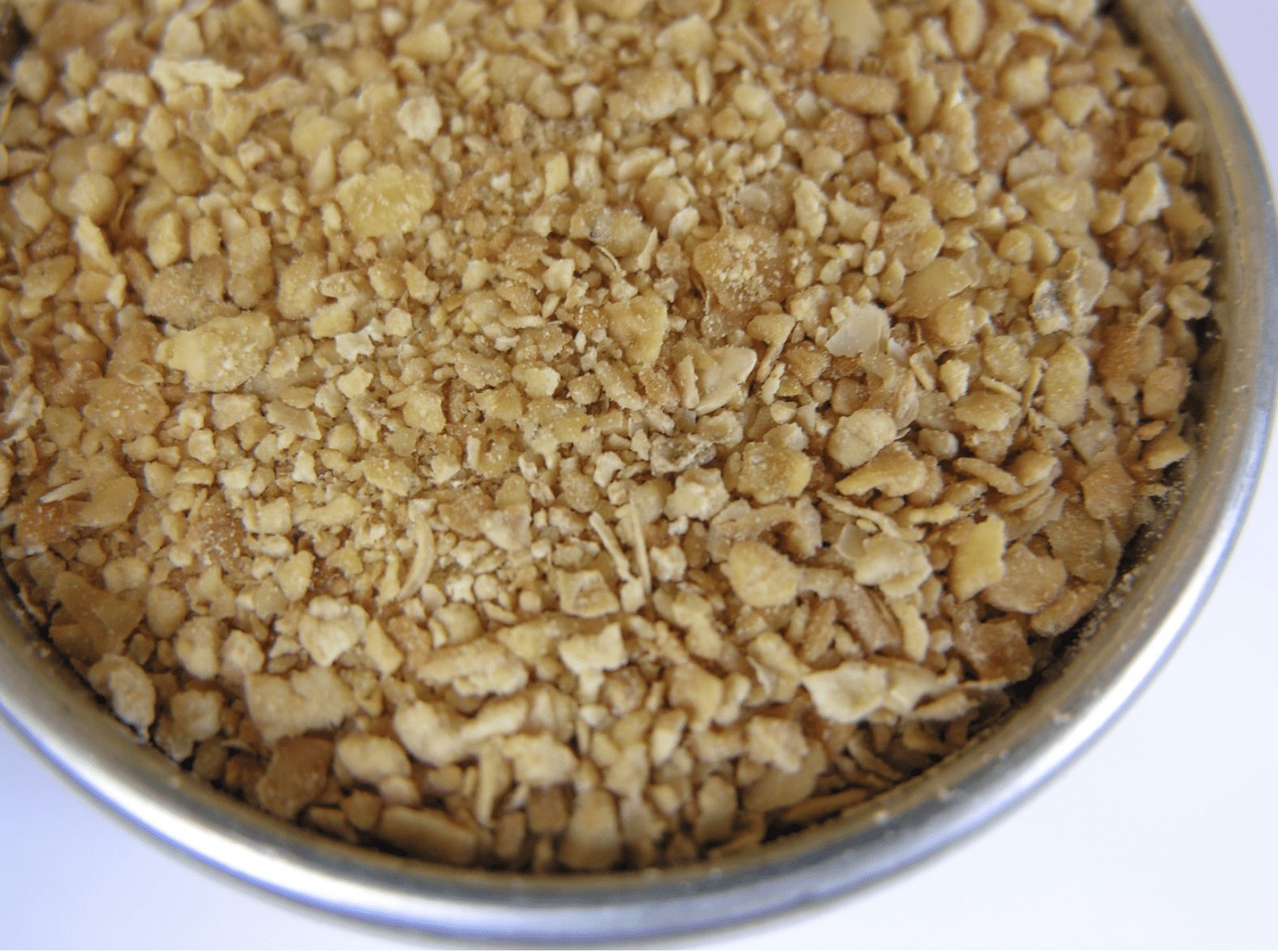The quality of soybean meal is the result of many features, including the physical characteristics, such as particle size and color. Often neglected, soybean meal particle size becomes important for feed mill managers when discussion becomes about flowability and storage of ingredients, while the nutritionists pay attention to the uniformity of soybean meal particle simply because uniform particle size improves efficiency in digestion and the efficiency of bodyweight gain.

Several papers researching particle size demonstrate the superiority of U.S. soybean meal in terms of uniformity as a key physical parameter, compared to other origins. A recent study analyzing particle size of soybean meals from different origins (Argentina, Brazil, India, China, and Asia versus the U.S.) demonstrated a wide variation in the particle size of soybean meals across origins while the particle size within samples from the same origin was consistent. The results showed that mean particle size of soybean meal samples from the U.S. were 1,070μm and matched 84.1 percent from the desired range.
Meantime, soybean meal samples that originated in China were more consistent than samples from other origins. The Indian soybean meal samples had the poorest particle size distribution with the highest mean particle size and the lowest percentage of particles in the desirable range. These samples also contained a large amount of foreign matter, which was clearly non-soybean material.

The higher uniformity in particle size of the U.S. soybean meal is mainly because in theUnited States, meal leaving the drying and cooling section of the soybeans crushing process is normally ground and sized to reduce particle size in order to meet a size specification.

According to the current U.S. standards, the desired particle size for feed applications is between 250 and 1,700 μm. The soybean meal meeting these standards can be incorporated directly into the mixer, without additional grinding. This can increase dollar savings from the feed manufacturing process because the grinding’s cost share in feed manufacturing represents over 20 percent and ingredients’ shrinkage for this processing step should be between 1 to 3 percent. Therefore, the economic impact of savings from particle size reduction can be significant and avoids the formation of fine particles in the feeds.
This is true particularly for poultry, which have a pecking preference for coarse textured feed over fine particles non-textured feed. The mechanoreceptors located in the beak of the bird detect differences in feed texture and discriminate against the consumption of fine particles was demonstrated in 2018 by a group of researchers from Polytechnic University of Madrid, Spain. The ingredients and feed particle size of the diet play an important role in regulating the bird’s feed intake. Several researchers proved that birds consuming feed with uniform and large particles will develop larger and more muscular gizzards and longer and healthier intestinal tracts.
As for the pigs, recent research at Kansas State University demonstrated that feed intake is usually reduced with a smaller particle size and the young pig does a better job of chewing its feed than growing-finishing pigs. One of the known disadvantages of fine grinding of ingredients used in pig feeding is the increased incidence of gastric ulcers. Another challenge from feeding fine particles to pigs is adhesion of Salmonella enteric Typhimurium on the pig’s intestines. Danish researchers found that feeding non-pelleted, mashed coarse diets increased the crypt depth in the colon and protects animals against Salmonella infections.
As for any other ingredients, if soybean meal will be ground finely, this could bring disadvantages for feed manufacturers and swine farm managers, including ingredients bridging problems in bulk bins and feeders as well as increased dustiness of the feed.
Physical quality of soybean meal remains an underestimated importance criterion for nutritionists and feed mill managers. However, research in particle size impact on animal performances, intestinal health, and economics of feed manufacturing proved to have significant effects on technical and economic performances, which should be taken into consideration during the decision-making process for purchasing high quality soybean meal.
